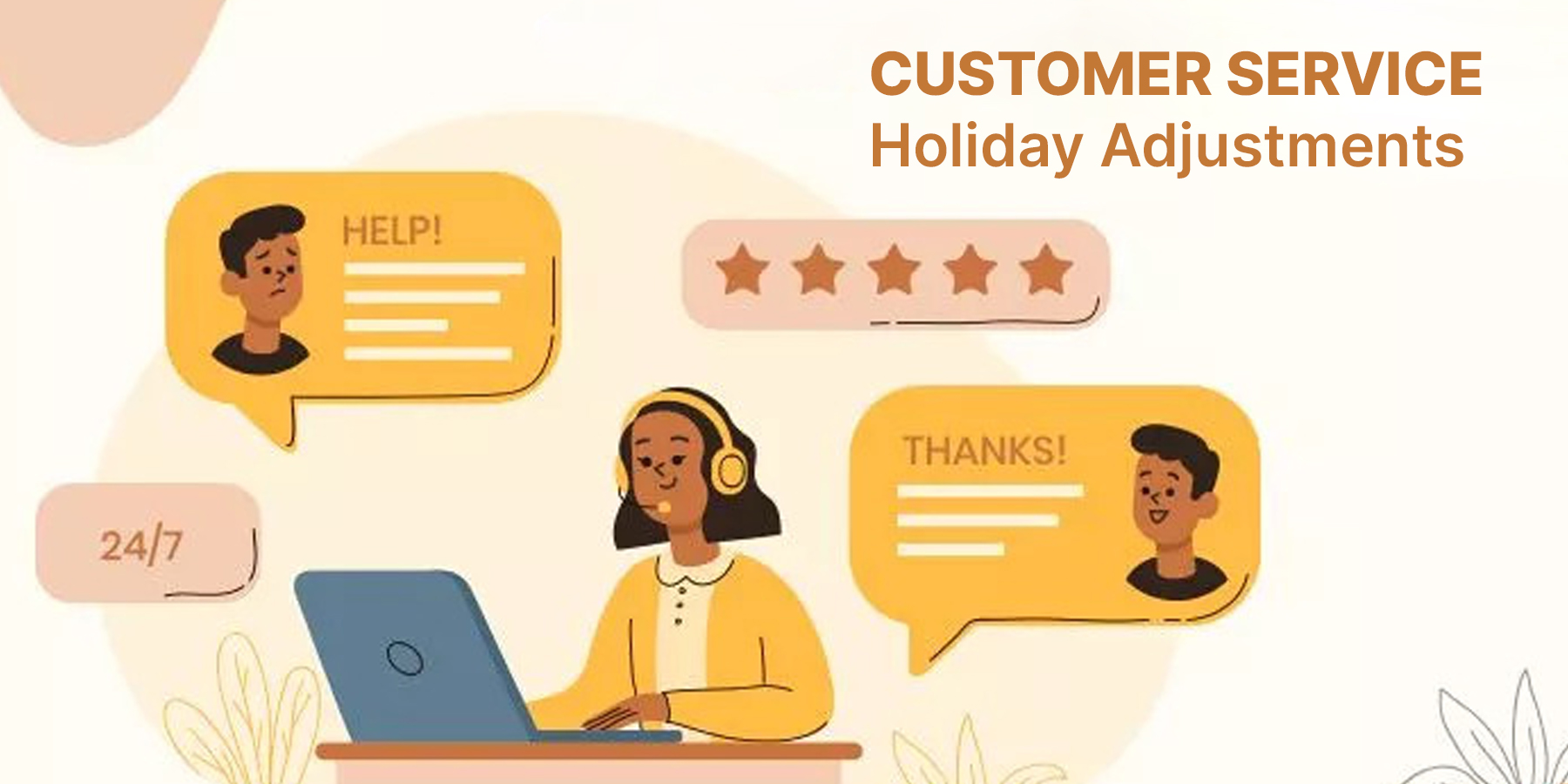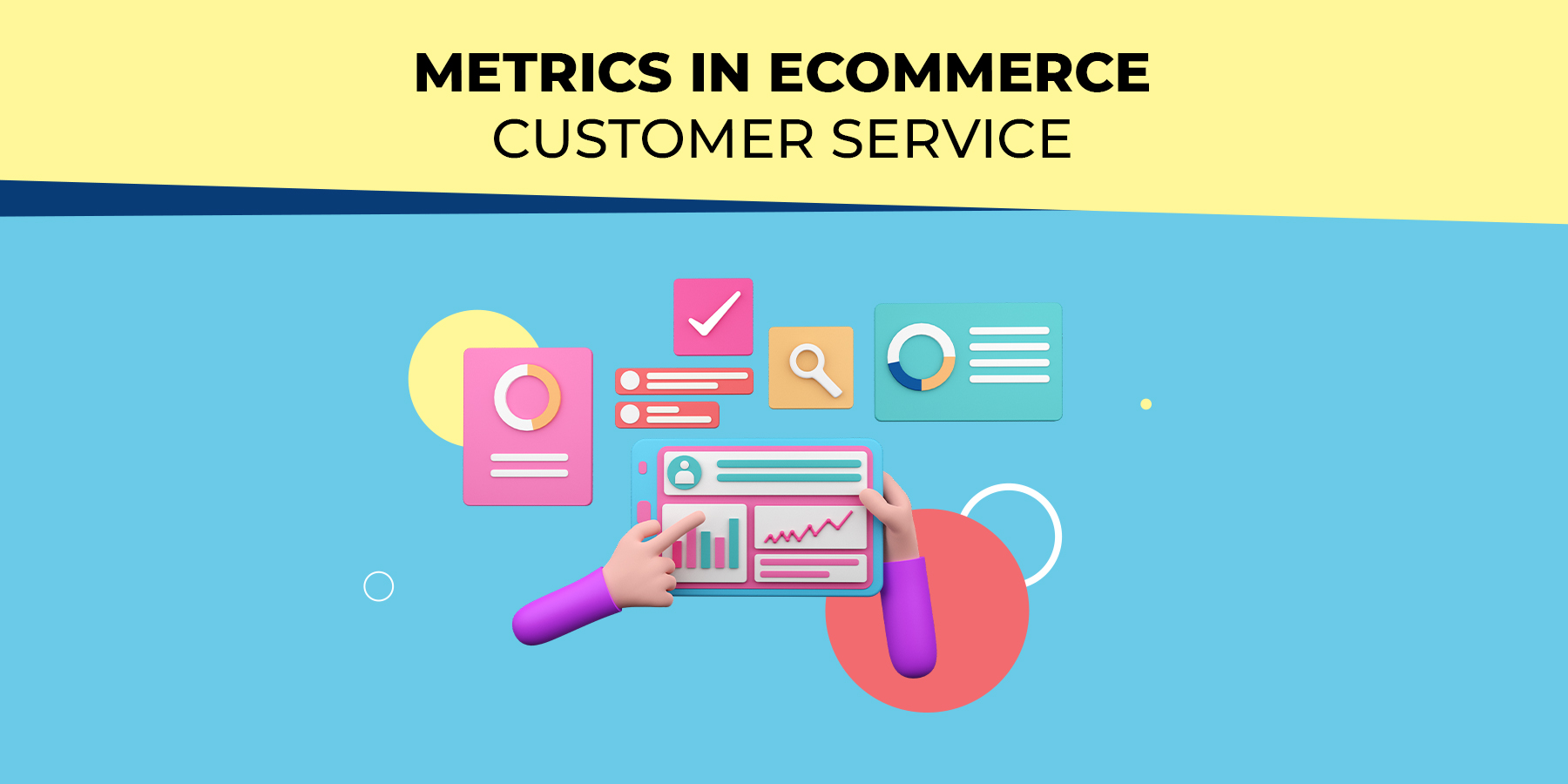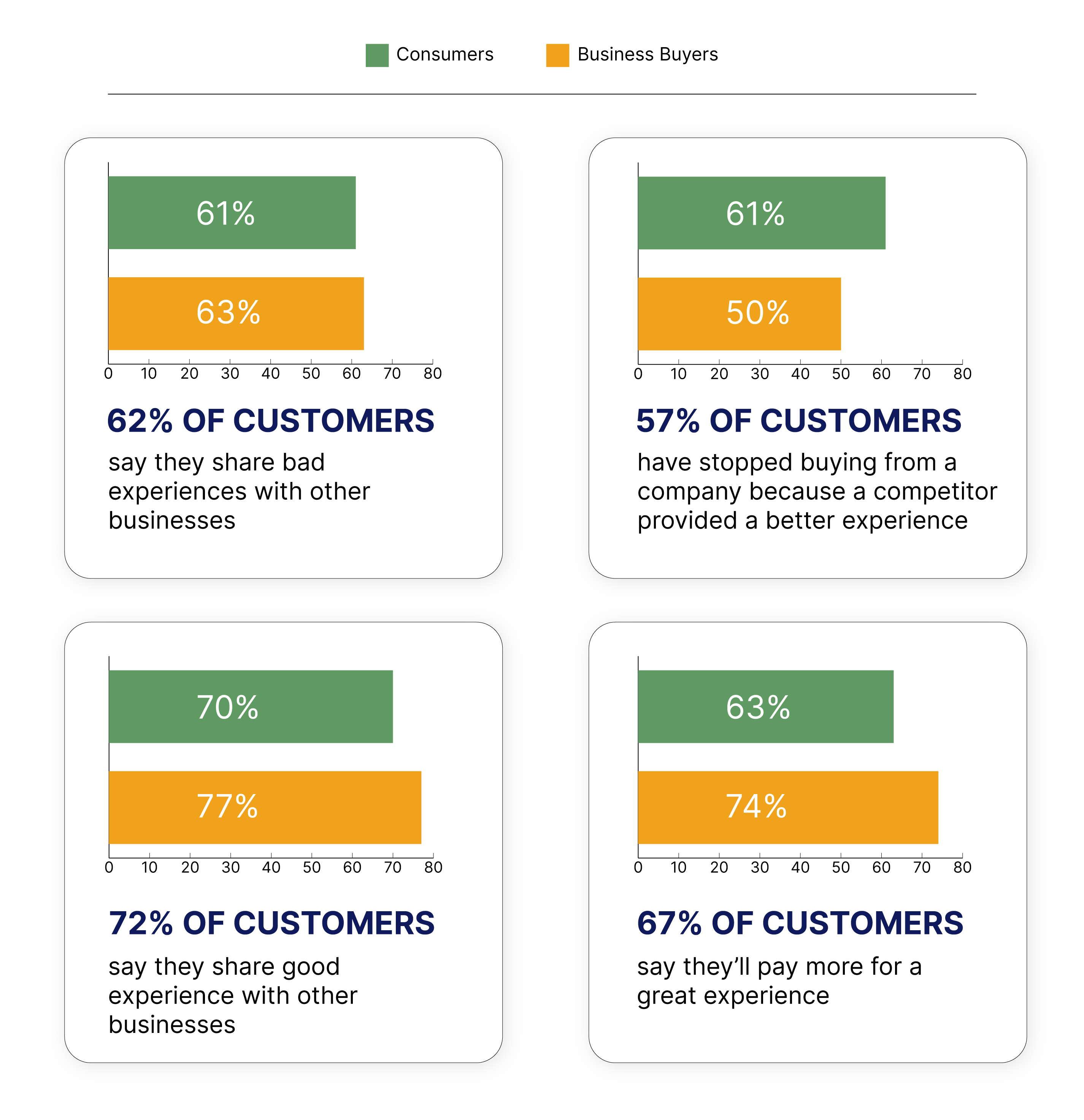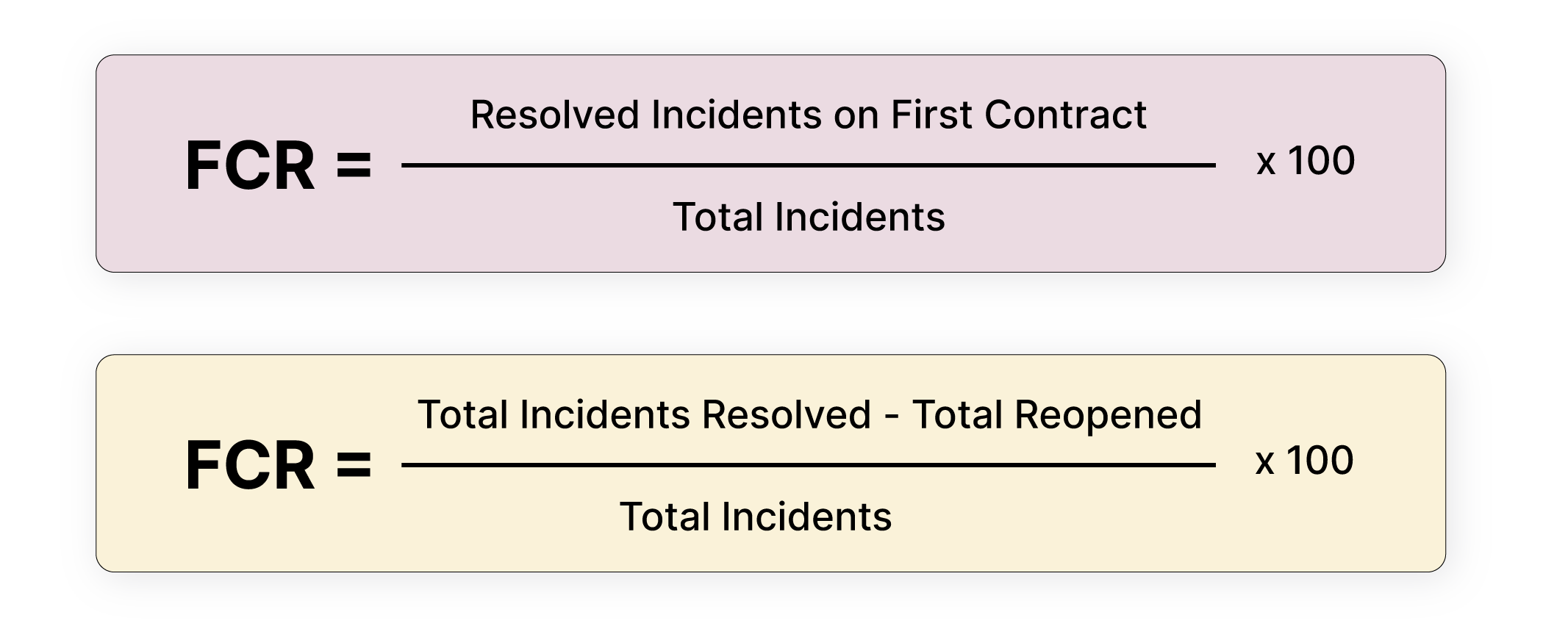The holidays are upon us, and this is the time of year when customer service goes through a huge shift. Though an exciting time for retailers - it can also be stressful. You've got buyers coming in from all over looking for deals on everything from toys to refrigerators. Your team has to be on call 24/7 during Thanksgiving, Christmas Eve, and New Year's Eve.
It's not unusual for some retail stores' phone lines, websites, and social media accounts to become overwhelmed and spammed with messages. But that doesn't mean it's impossible to make sure your customers are satisfied with their experience. Businesses need to make sure that they have the right customer service to help their customers during this busy season.
Luckily, there are many ways to improve your customer support service by managing your seasonal staff effectively, or outsourcing your service!
Read on for some tips on how you can improve your customer support services during the holiday rush!
1. Draw Insights from Past Holiday Trends
This is a great place to start for any business that has been around the holiday block more than once. It's always worth looking back on your past encounters with customers during this time of year and reflecting on what went well, as well as where there may have been room for improvement - you can use those insights to plan better customer support service for this year's holiday rush. Start with asking questions like:
What were the biggest problems that your customer service reps encountered during past holiday rushes?
Were there any particular events or issues with customers that seemed to surface more than others (such as returns, shipping errors, etc.)?
Did you notice any patterns regarding what types of questions certain demographics asked most often about your products?
This is also a great time to have an all-hands meeting with your staff and brainstorm some creative ways that you can make the holiday season more enjoyable for both customers and employees. The goal should be to keep everyone on their toes so that they're always engaged in the process of trying new things - but it's important not to overdo it!
2. Pick your Communication Channels and Assign Ownership to Seasonal Customer Support Staff
It's important to make sure that you're prepared with the right customer communication channels for this time of year. You want to have a plan in place so your customers know who they can contact during the holiday rush, and there should also be someone designated as "the owner" for each channel - like Email, Live Chat, Phone Support, or Social Media handle. This way, you'll be able to monitor each channel and make sure that customer needs are being addressed as quickly as possible.
For example, if someone tweets at your company's Twitter account - it would be best for the social media team to handle their inquiry by responding with a message on Twitter, letting them know who they can contact, or directing them back to an FAQ page on your website.
Once you've assigned channels and reps to each of them, the staff needs to be trained in what they need to do during this time of year! Ensure that these employees know about all the available resources - like FAQs, troubleshooting tips, and other helpful information.
Finally, make sure that you're monitoring your channels, so every staff member has a positive experience during the holidays. Make it clear to employees - especially your seasonal assistants - what their goal should be when responding to customers: If they can solve someone's problem on the spot, then do it! But if not, then they should direct the customer to someone who can help them, like a supervisor or 24/hr support line.
3. Consider Hiring Remote Seasonal Workers
Hiring seasonal employees is a great way to handle the holiday rush. Investing in temporary workers for this time of year will help you alleviate some of that financial burden, as well as making sure your customer service team has enough people on their side when things start getting hectic!
There are many benefits to hiring remote seasonal employees. One is that it's much easier to train them - especially if you have a more sophisticated customer support system and want people who already understand how your product works!
Another benefit of Customer Support Outsourcing is the flexibility they provide for holiday schedules - these are agencies that work dedicatedly in customer support, helping businesses handle the holiday rush with ease. One of the biggest benefits of outsourcing is that you don't have to spend your time and resources to train employees.
The agents you hire are already trained and have worked with a range of businesses. This can give you a competitive edge because you'll have a well-trained, knowledgeable team to rely on when the holidays start. So, you can start from day one.
4. Approach each Conversation with Empathetic Calm and Focus on Fast Solutions
During the holiday season, it can be difficult to stay calm in the face of all that's going on. You need to assign a customer support team leader who can take an empathetic approach with your customers and understand where they're coming from - after all, we've been there before!
One thing is for certain: don't let anything undo your best efforts. Your customers will appreciate it if you're calm, and they'll feel more comfortable talking to you about concerns or problems!

The most important thing for customer support team leaders is making sure that every customer has a fast solution as quickly as possible. If you can solve someone's issue on the spot - do it!
Pro Tip: Every customer should have access to a "first contact" person to handle their needs. If this is not possible, the customer support team leader should designate someone in charge of each channel - like Email, Live Chat, Phone Support, or Social Media Handle. This way, customers will be listened to and addressed quickly with a response they want to hear.
5. Focus on Revenue Based Customer Support Service
In the next few weeks, you'll want to focus on revenue-based customer service. This means that your goal will be to do whatever is necessary for customers to feel satisfied with their purchase and often return - not just this year but in years down the line!
This holiday season can bring a lot of challenges when it comes to satisfying customers and increasing revenue. Therefore, you need to keep track of important customer metrics to know what you are dealing with.
For this, you'll want to leverage tools like Google Analytics, find customer service tools, identify revenue opportunities (Google CPC, Instagram Ads, Facebook Ads, and conversion rate optimization), and start conversing. In addition, it will help you track necessary metrics and evaluate the success of your efforts.
Moreover, you'll want to make sure you're staying on top of negative reviews, responding quickly and efficiently. This ensures that your revenue isn't impacted, and you keep your reputation up.
Conclusion
So, what do you think would be the best way to help make customer support service more positive? One pro tip would be to spend time planning a customer service strategy for the holidays before they start. And have an empathetic approach to conversations and focus on solutions, not just problems! But, most importantly, track important metrics, so you know what is going on with your customers.







